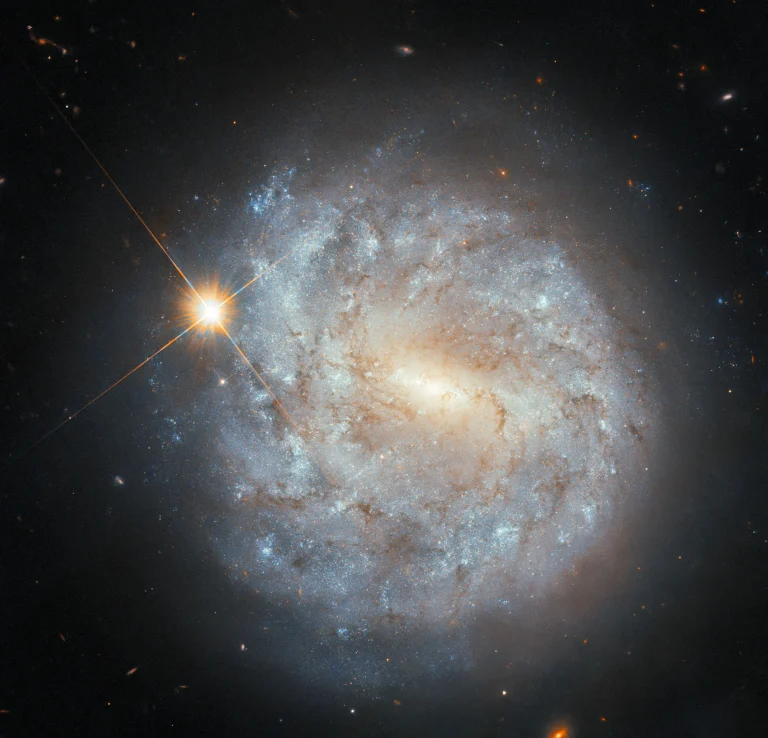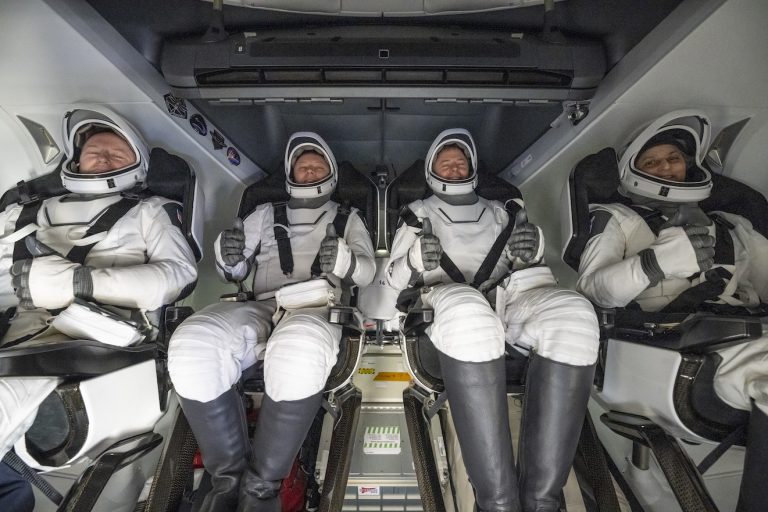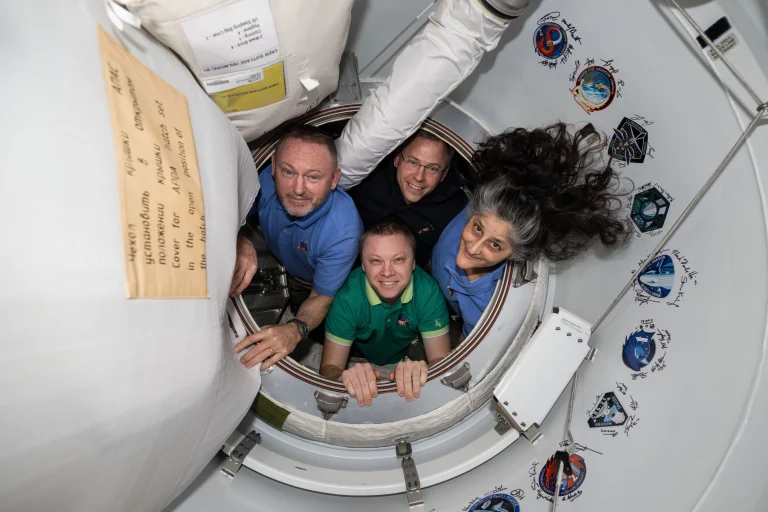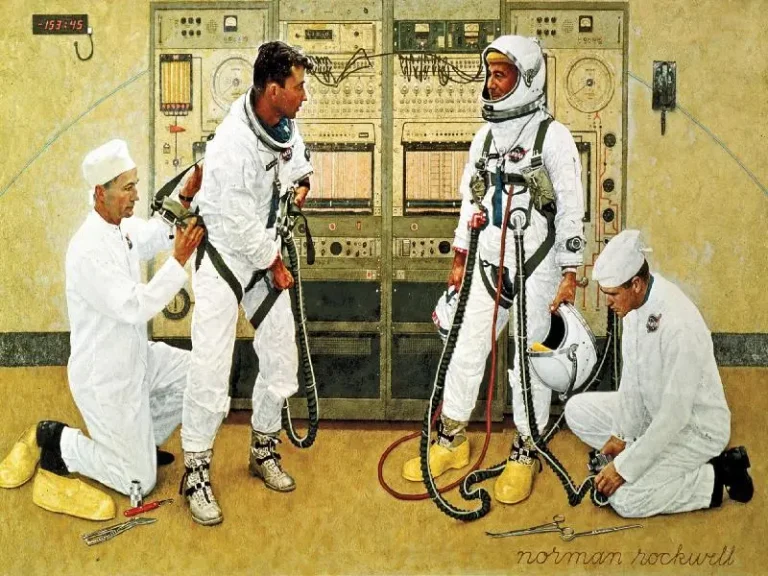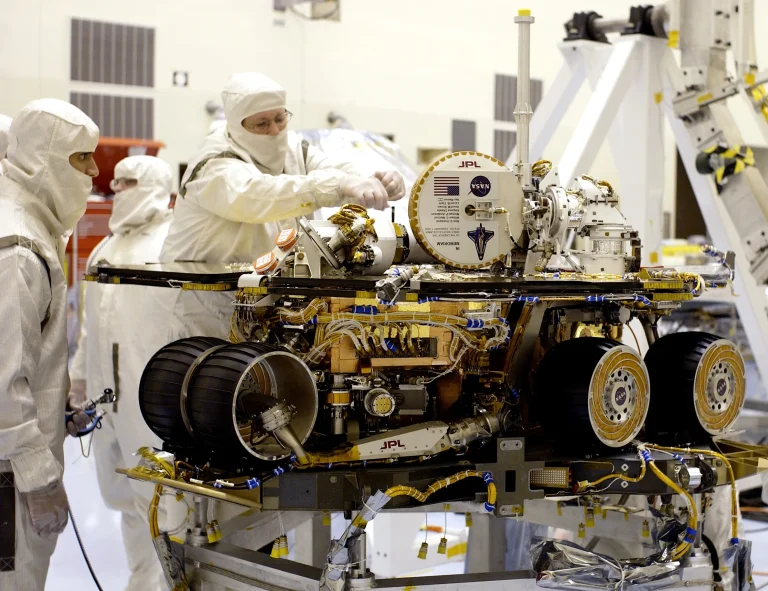NASA Astronaut Tracy Dyson points to the Expedition 71 patch on her flight suit on Wednesday, March 5, 2025. Dyson and her fellow Expedition 71 crewmates Matthew Dominick, Michael Barratt, and Jeanette Epps answered questions from students at Elsie Whitlow Stokes Community Freedom Public Charter School in Washington.
While aboard the International Space Station, Dyson conducted dozens of scientific and technology activities to benefit future exploration in space and life back on Earth. She remotely controlled a robot on Earth’s surface from a computer aboard the station and evaluated orbit-to-ground operations. She operated a 3D bioprinter to print cardiac tissue samples, which could advance technology for creating replacement organs and tissues for transplants on Earth. Dyson also participated in the crystallization of model proteins to evaluate the performance of hardware that could be used for pharmaceutical production and ran a program that uses student-designed software to control the station’s free-flying robots, inspiring the next generation of innovators.
Image credit: NASA/Joel Kowsky
NASA宇航员特蕾西·戴森(Tracy Dyson)于2025年3月5日星期三指着她飞行服上的远征71任务徽章。戴森与她的第71号远征队任务队友马修·多米尼克(Matthew Dominick)、迈克尔·巴拉特(Michael Barratt)和珍妮特·埃普斯(Jeanette Epps)一起回答了华盛顿埃尔西·惠特洛·斯托克斯社区自由公立特许学校(Elsie Whitlow Stokes Community Freedom Public Charter School)学生的问题。
在国际空间站执行任务期间,戴森进行了数十项科学和技术实验,以促进未来的太空探索和地球上的生活。她在空间站的计算机上远程控制地球表面的一台机器人,并评估了轨道到地面的操作。她还操作了3D生物打印机以打印心脏组织样本,这项技术有助于推进用于地球器官和组织移植的替代技术。此外,戴森还参与了模型蛋白质的结晶实验,以评估可用于制药生产的硬件性能,并运行了一个使用学生设计的软件来控制空间站自由飞行机器人的项目,激励下一代创新者。
影像来源: NASA/Joel Kowsky



